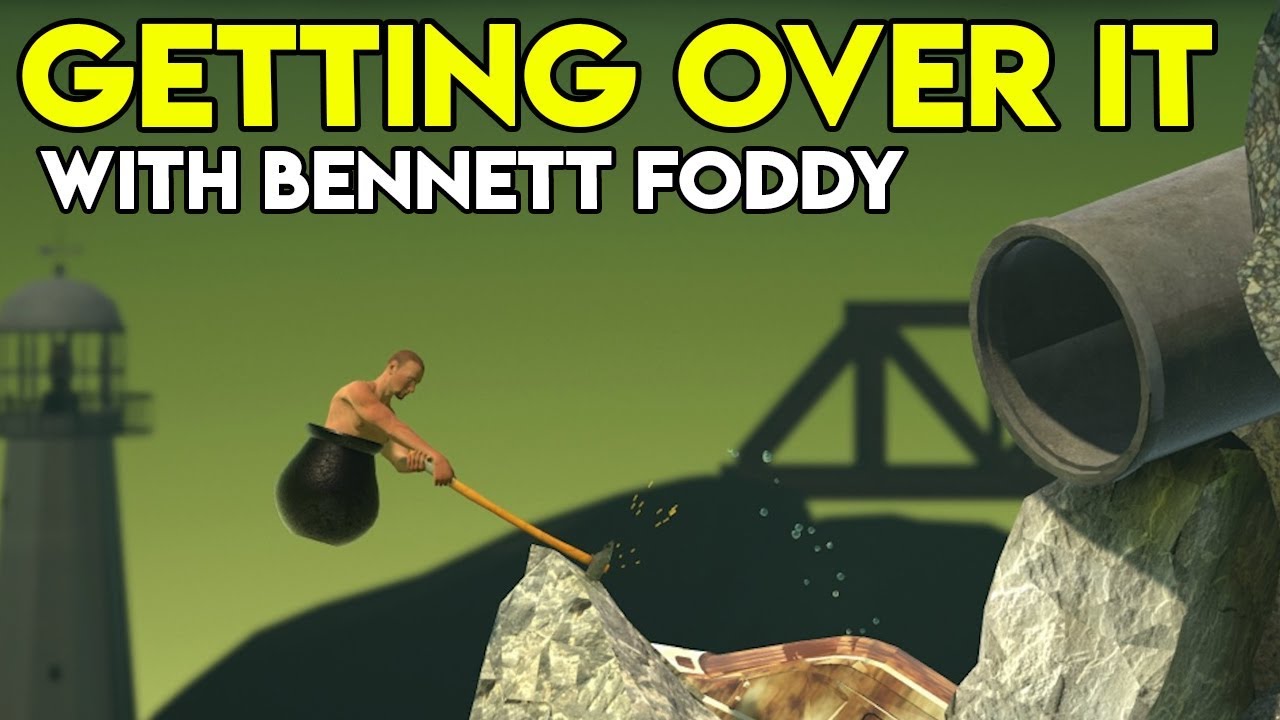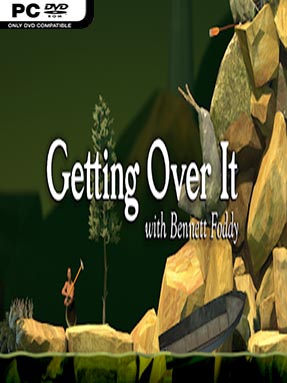


While dismissing Sexy Hiking at the time, Foddy found the game memorable, and later showed the game to students of his class on game design at New York University Tisch School of the Arts, whereupon he "realized how timeless the design" of Sexy Hiking was. Foddy learned of Sexy Hiking around 2007 from a post by Derek Yu on TIGSource, and according to Foddy, the game was 'somewhat of a meme among indie game developers', with Adam Saltsman having described Sexy Hiking as "the single worst game I have ever played". Getting Over It was aimed towards "a certain kind of person, to hurt them" and took inspiration from Sexy Hiking, a similar game released by Czech video game designer 'Jazzuo' in 2002. People of a certain age still have that taste, or maybe everyone has it, but it's been written out of the design orthodoxy." In 2018, Foddy stated that the main reason he put his name in the title of Getting Over It was due to a culture that doesn't generally "recognize the individuals who make games".

Foddy said, "The flavor of being sent back gradually disappeared up to the point now where it's this boutique thing. Into the 1990s, video game developers in the United States and Japan began adding means to save or have checkpoints, so players would not have to return to the start on death. When a player indicates they are not, the game provides access to a chatroom populated by other players who have completed the game.įoddy had been drawn to difficult games while growing up living in Australia in the 1980s and 1990s, he was limited to what was brought into the country through imports, with many of these being games that lacked any type of save mechanism and required players to be sent back to the start of the game if their character died, such as Jet Set Willy. Upon reaching the conclusion, a message asks players if they are recording the gameplay.

The game concludes when a player reaches the highest point of the map and then enters space. Īs the player progress up the mountain, they are at a constant risk of losing some or all of their progress there are no checkpoints. The commentary also provides quotations relating to disappointment and perseverance when significant progress is lost by the player. The game is accompanied by voice-over commentary by Bennett Foddy discussing various philosophical topics. Using the mouse or trackpad (controllers are supported but make the game harder because of the lack of precision in the joysticks), the player tries to move the man's upper body and sledge hammer in order to climb a steep mountain. Getting Over It revolves around a man by the name of Diogenes – who, somewhat true to his namesake, resides in a large metal cauldron – and wields a Yosemite hammer, which he can use to grip objects and move himself. The player's avatar ascends a mountain using only a hammer


 0 kommentar(er)
0 kommentar(er)
